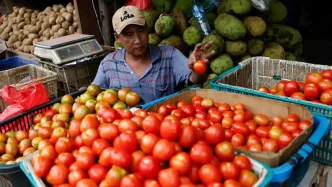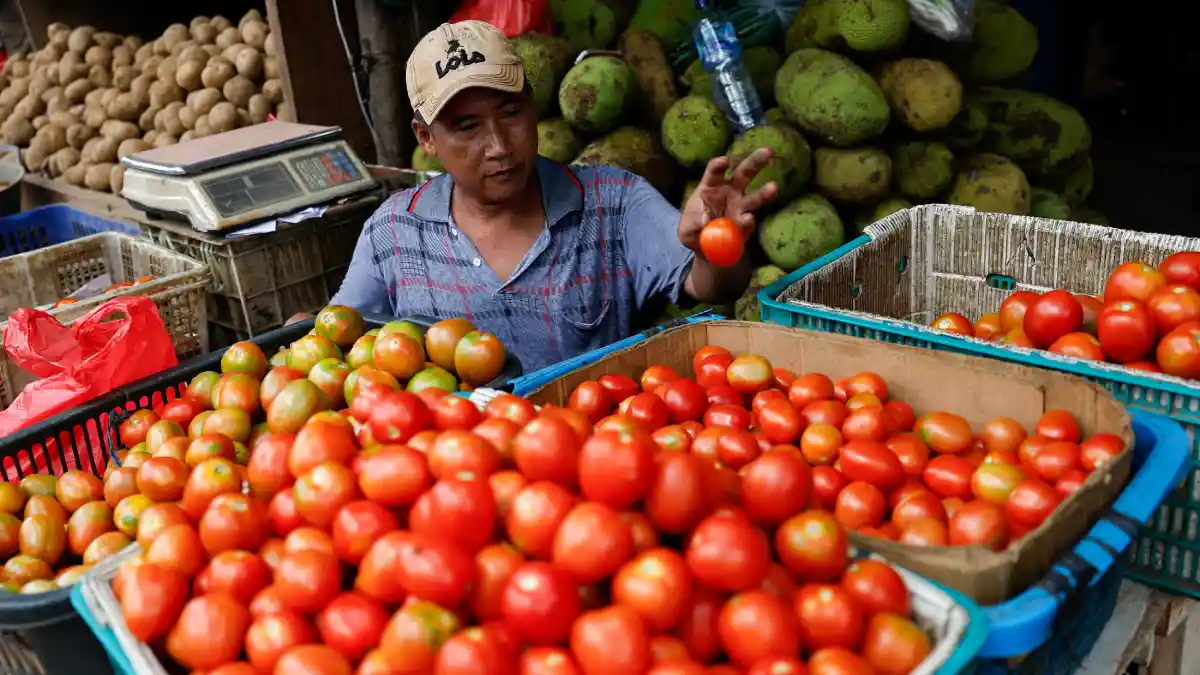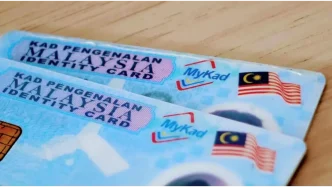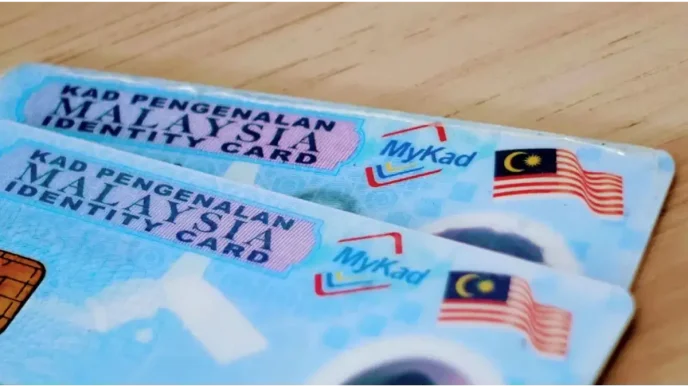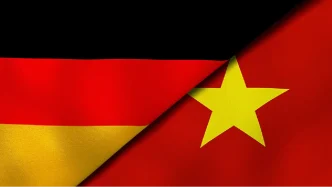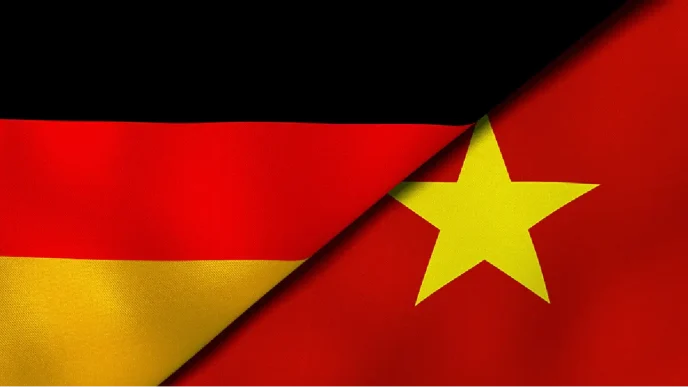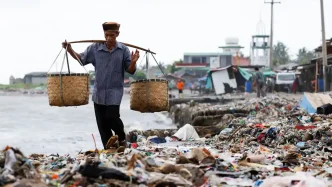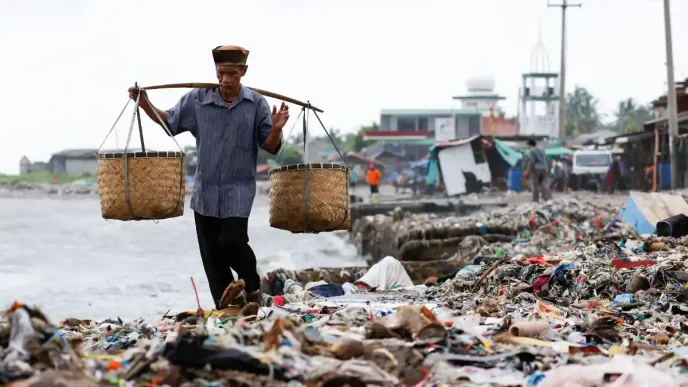In the heart of Central Java, a worker meticulously processes smoked fish, fueling the fire with dried coconut shells at a cooperative-run center in Semarang. On June 16, 2025, this facility churned out up to 900 kilograms of smoked tuna and manyung, a type of catfish, embodying the spirit of collective labor that has long defined Indonesian communities. Now, with the launch of President Prabowo Subianto’s ambitious Red and White Cooperatives program, the government seeks to harness this traditional ethos of gotong royong—mutual support—to empower economically weaker groups. But as the initiative unfolds, questions linger: will it truly uplift villages, or repeat the missteps of past cooperative experiments?
A Bold Vision for Grassroots Empowerment
On July 25, 2025, in Klaten, Central Java, President Prabowo unveiled the Red and White Cooperatives program, describing it as a tool of struggle for the poor and a strategic movement to challenge the entrenched dominance of large economic players. The initiative aims to establish over 80,000 village cooperatives within three months, starting with an initial batch of 108. Leading the task force, Coordinating Food Minister Zulkifli Hasan has framed the program as a catalyst for revitalizing local economies at the grassroots level.
The concept of cooperatives is deeply rooted in Indonesian culture, reflecting the communal values of gotong royong that have historically bound villages together. Proponents of the program argue that it offers a lifeline to rural communities, enabling them to pool resources, access credit, and build resilience against economic disparities. For many, the image of workers toiling together in places like Semarang’s fish-smoking centers symbolizes the potential of collective action to drive sustainable livelihoods.
Yet, beneath the optimism lies a complex history of cooperative movements in Indonesia—a history marked by both innovation and political turbulence. As the government pushes forward with unprecedented speed and scale, analysts and critics are scrutinizing whether this top-down approach aligns with the autonomous spirit that cooperatives are meant to embody.
A Century of Collective Struggle
The cooperative movement in Indonesia traces its origins to 1895, when Raden Aria Wirjaatmadja, an aristocrat from Purwokerto in Central Java, initiated a savings and loan scheme to protect civil servants from predatory lenders. Though not yet termed a cooperative, this effort laid the foundation for community-based financial systems and later inspired the creation of Bank Rakyat Indonesia (BRI), a state-owned lender still pivotal to rural economies today.
After Indonesia’s independence in 1945, cooperatives gained national prominence. The first National Cooperative Congress, held on July 12, 1947, in Tasikmalaya, West Java, marked a turning point, with the date now celebrated as National Cooperatives Day. Six years later, then-Vice President Mohammad Hatta earned the title father of Indonesian cooperatives for his unwavering advocacy, emphasizing their alignment with the nation’s communal traditions.
Cooperatives researcher Iip Yahya notes that the model resonated widely because it mirrored Indonesia’s inherent collectivism. “Indonesian society already had a tradition of working collectively, thanks to the value of gotong royong” he explained in a recent interview. This cultural synergy fueled the spread of cooperatives across villages, offering a framework for economic self-reliance.
However, the journey was far from smooth. During the mid-1960s, cooperatives became entangled in Indonesia’s political divisions, often associated with left-wing ideologies. According to Iip Yahya, many cooperative leaders succumbed to pressures to align with political factions, leading to detrimental consequences for the institutions they managed. When President Soeharto assumed power in the late 1960s, his administration dismantled many cooperatives suspected of leftist ties, slashing their numbers from over 73,000 in 1966 to fewer than 12,000 by 1967.
Soeharto later introduced the Village Unit Cooperative (KUD) program in the 1970s and 1980s, transforming cooperatives into tools of state control rather than grassroots empowerment. Critics argue that this top-down imposition undermined their independence, turning them into extensions of central government policy rather than community-driven entities.
Reform and Revival: A Double-Edged Sword
The reform era following Soeharto’s fall in 1998 brought renewed focus on cooperatives as engines of economic recovery. Government stimulus programs in the early 2000s doubled their numbers, from 52,000 in 1998 to over 103,000 by 2001. Yet, cooperatives expert Suroto contends that this rapid expansion came at a cost. He describes the state incentives as “overly sympathetic” fostering dependency rather than sustainability. By 2024, the then-Cooperatives and Small and Medium Enterprises Ministry had to disband nearly 80,000 inactive cooperatives, highlighting the fragility of entities reliant on external support.
Suroto’s critique extends to the current Red and White Cooperatives initiative, which he warns risks replicating past errors through its state-driven structure and financing. “Cooperatives should be fundamentally autonomous and independent organizations” he asserted in a statement to local media. He argues that the program’s ambitious target of establishing over 80,000 cooperatives in just three months prioritizes quantity over quality, potentially creating entities ill-equipped to survive without continuous government backing.
Instead, Suroto advocates for a more measured approach, urging the administration to strengthen existing cooperatives and enhance their operational capacity. This perspective resonates with historical lessons, where forced, top-down formations often led to short-lived outcomes, as seen with Soeharto’s KUD initiative.
Optimism Tempered by Caution
Despite these concerns, some observers see potential in President Prabowo’s program, which Lip Yahya describes as possibly the strongest government backing for cooperatives in Indonesia’s history. He acknowledges the scale of support as unprecedented but remains cautious, noting that its success hinges on whether it upholds cooperative principles or serves fleeting political goals. “Only time will tell if this support truly benefits the community or becomes a tool for short-term interests” he said.
Iip also emphasizes the importance of government openness to feedback from the cooperative community itself—a sentiment echoed by Suroto. Both experts stress that genuine empowerment requires dialogue and adaptability, ensuring that policies reflect the needs and realities of rural Indonesia rather than bureaucratic agendas.
The historical parallels are hard to ignore. From Soeharto’s KUD to post-reform stimulus efforts, state intervention in cooperatives has often bred dependency or political manipulation rather than enduring self-reliance. President Prabowo’s lineage adds another layer of intrigue; his father, Soemitro Djojohadikusumo, a former finance minister under President Sukarno, was a vocal proponent of cooperatives as a means to lift village farmers out of poverty. Whether this familial legacy will inspire a more grounded approach remains to be seen.
Economic Implications and Global Context
Economically, the Red and White Cooperatives program arrives at a critical juncture for Indonesia, Southeast Asia’s largest economy. Rural areas, where poverty rates often exceed urban centers, stand to gain from accessible credit and collective bargaining power—if the initiative can deliver sustainable structures. The government’s focus on economically weaker groups aligns with broader regional trends, as countries like Thailand and Vietnam also grapple with rural-urban disparities through community-based economic models.
Yet, the scale of the program raises logistical questions. Establishing over 80,000 cooperatives in three months demands robust infrastructure, training, and monitoring—elements that previous initiatives often lacked. Without these, the risk of creating hollow entities, as seen in the early 2000s, looms large. Moreover, the program’s state-backed financing could strain public budgets if not paired with mechanisms to ensure accountability and self-sufficiency.
Globally, cooperatives are recognized as vital tools for inclusive growth, with the International Labour Organization estimating that they employ or provide livelihoods to over 280 million people worldwide. In Indonesia, where agriculture and small-scale enterprises dominate rural economies, cooperatives could play a transformative role if rooted in local agency rather than top-down mandates. The fish-smoking cooperative in Semarang offers a microcosm of this potential—a community-driven effort yielding tangible output—but scaling such models nationwide under a centralized framework is a formidable challenge.
Looking Ahead: A Test of Intent and Execution
As President Prabowo’s Red and White Cooperatives program rolls out, it stands at a crossroads between historical precedent and modern ambition. Will it forge a new path for Indonesia’s rural poor, leveraging the cultural bedrock of gotong royong to build lasting economic strength? Or will it echo the top-down missteps of past regimes, creating structures that falter once state support wanes?
For now, the workers in Semarang’s fish-smoking centers and countless other village enterprises continue their daily grind, their labor a quiet testament to the resilience of collective effort. Whether the government’s bold vision can match this grassroots tenacity remains an open question, one that will shape the economic landscape of Indonesia’s villages for years to come.

